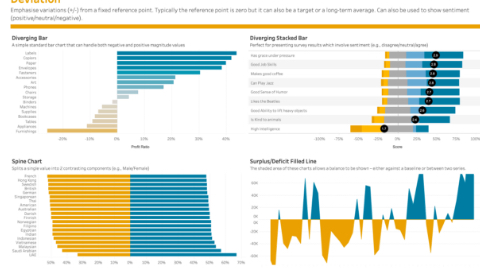

R and Python loading instructions (two lines each) are in the easy-data repo on Github.Matrices of gene-cell counts and metadata are available as CSVs on Figshare.A simple website shows the distribution of gene expression in each tissue and cell population.You can access the data at a few levels of depth: For more detail, check out our paper in Nature. The following will facilitate use of the data. Developing methods for integrating datasets (e.g., between the FACS and droplet experiments), characterizing batch effects, and quantifying the variation of gene expression in many cell types between organs and animals.Validating findings in future targeted single-cell studies.Defining gene expression in cell populations that have been poorly characterized thus far.We hope this rich collection of annotated cells will be a useful resource for:

FACS-based full-length transcript analysis, which provides higher sensitivity and coverage.Microfluidic droplet-based 3’-end counting, which provides a survey of thousands of cells per organ at relatively low coverage.They also allow for a comparison of two distinct technical approaches: The data allow for direct and controlled comparison of gene expression in cell types shared between tissues, such as immune cells from distinct anatomical locations.

The Chan Zuckerberg Biohub released Tabula Muris, a compendium of single-cell transcriptome data from the mouse containing nearly 100,000 cells from 20 organs and tissues.


 0 kommentar(er)
0 kommentar(er)
